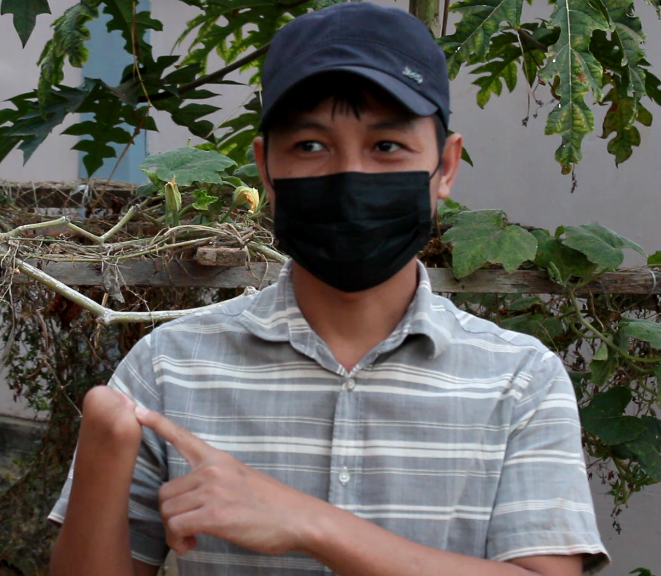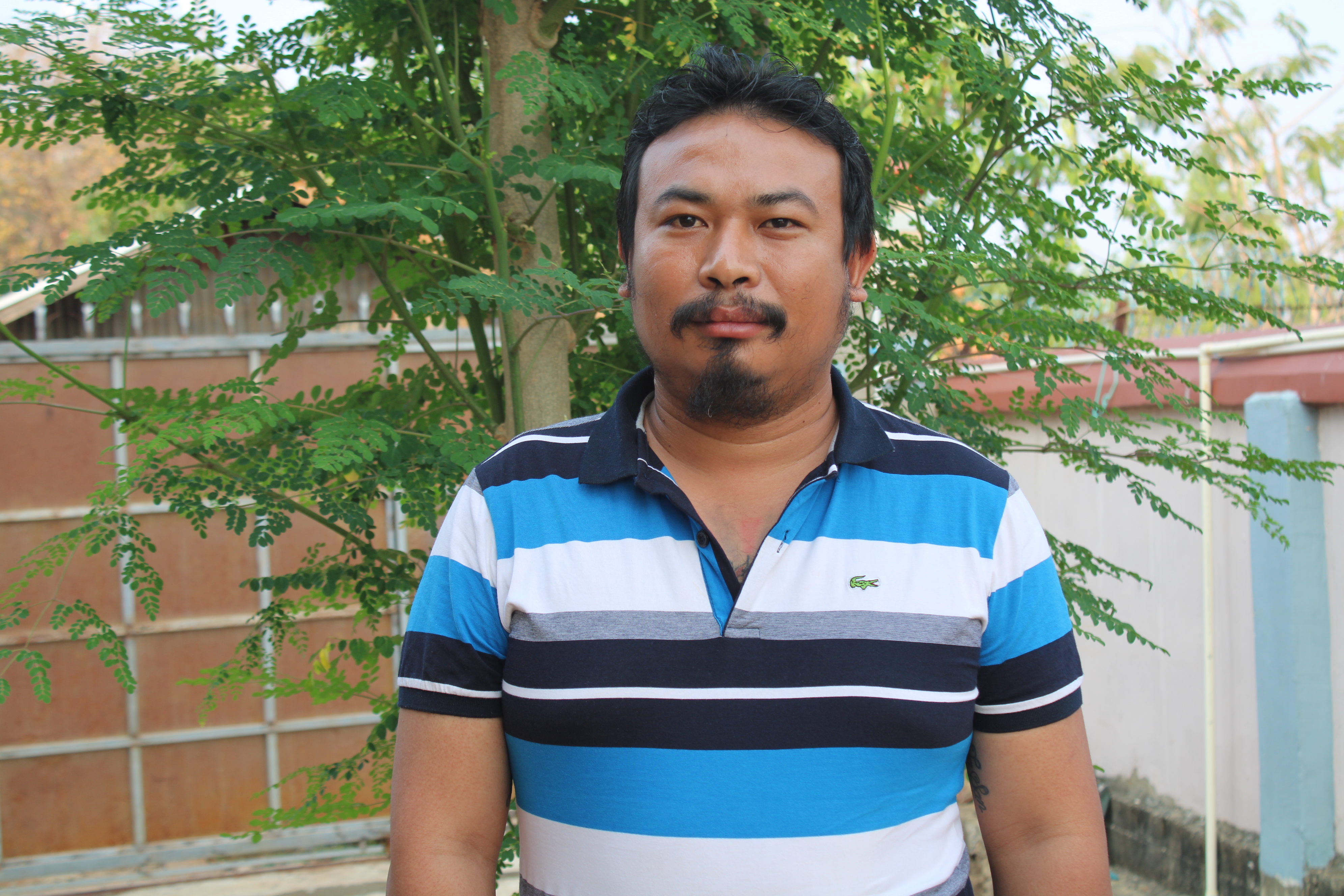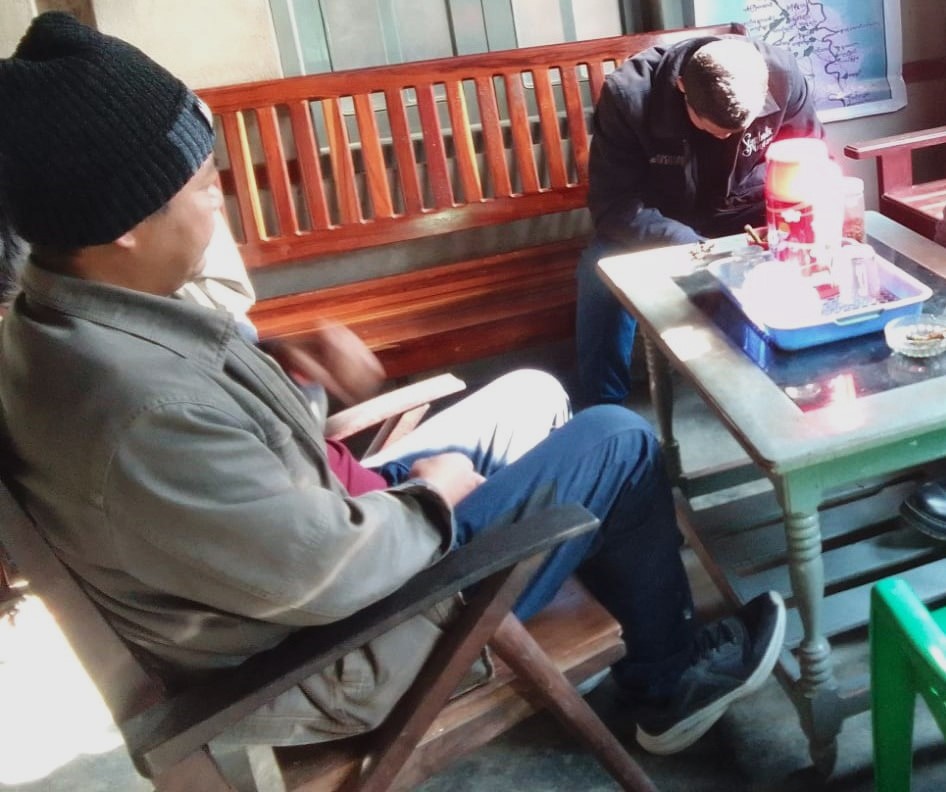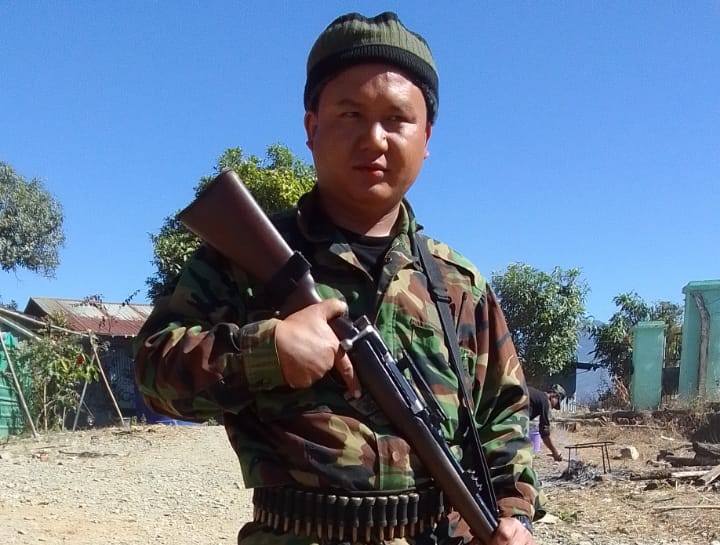Myanmar’s military, which grabbed power through a coup in February 2021, is up against a powerful, armed resistance. The present resistance is far more widespread and involves a larger number of people than seen in past uprisings against previous military regimes in the country. People from diverse backgrounds have plunged headlong into the resistance movement with the sole objective of toppling the regime. They are determined to put a permanent end to coups in Myanmar.
According to an estimate by the United States Institute of Peace, there were around 300 battalions of the People’s Defense Forces (PDFs) in Myanmar almost a year ago with each comprising 200-500 functionaries, and 63 more battalions awaiting recognition by the opposition National Unity Government (NUG). In addition to the PDFs, there are the Local Defense Forces or Pa Ka Pha, which also emerged after the coup, and the ethnic armed organizations (EAO), which are bigger and have been battling the Myanmar government for several decades.
Between January and March this year, The Diplomat interviewed a cross-section of functionaries of resistance groups in Myanmar’s Chin State and Sagaing Region, activists engaged with the civil disobedience movement (CDM) and refugees who have taken shelter in the Indian states of Mizoram and Manipur. Among the interviewees were a few who stood out from the rest either due to their unique personalities, the roles they were performing, or their unfaltering commitment to the resistance movement. These are their stories.
One-Handed Trainer From Monya

Arkar, a functionary of Ayadaw PDF in Myanmar’s Sagaing Region, who lost his hand while manufacturing a landmine. Photo by Rajeev Bhattacharyya
Arkar, aged 32, was born at Monywa in Myanmar’s Sagaing Region. After graduating in a course on naval architecture, he was employed at a shipyard near Yangon. He hoped to specialize further in the subject. But the coup forced him to change course.
Arkar had come to Monywa a month before the coup. As in other parts of the country, in his hometown too the coup triggered huge demonstrations, provoking the military to launch a brutal crackdown.
“For a while, I watched everything from a distance. Then I decided to get engaged with the Ayadaw People’s Defense Force (APDF) to fight the military,” Arkar told me at Tamu on March 24. “Recruitment to the group and training for the first batch of around 40 functionaries commenced from around September 2021 with assistance from the NUG,” he said.
As with most PDFs, the APDF too faced a scarcity of weapons, compelling Arkar’s squad to explore other options. Small consignments of arms were received from the Kachin Independence Army and some weapons were sourced from Thailand. But they were clearly not enough to sustain the campaign against the junta. It was at this juncture that Arkar and a group of about a dozen functionaries from the APDF decided to manufacture landmines and 60 mm mortars, which they believed would be more effective against the military.
“We acquired the technology for these weapons from different sources, including the internet,” Arkar said, adding that “most of the items, including the chemical ingredients were available in the market.”
“It was during these trial-and-error methods that I lost my hand in a blast,” Arkar said. “But I emerged as an expert in making landmines and I now teach other resistance groups how to manufacture them safely.”
Monywa, known for its copper mines, has witnessed air strikes by the junta and pitched battles between the resistance and the regime forces. Arkar claimed that 33 villages had been burnt by the military since the coup and about 20 civilians were killed and an equal number of resistance fighters have lost their lives in the conflict.
Shot Three Times But Still Going Strong

Former police sergeant Demo Htoo, who has suffered bullet injuries in three encounters with regime forces, heads a resistance group at Tamu in Myanmar’s Sagaing Region. Photo by Rajeev Bhattacharyya.
On March 24, almost two hours after I had interviewed Arkar, I met Demo Htoo at Tamu. Demo Htoo did not have any qualms about revealing his identity and kept his face uncovered when I asked him for a photograph.
In his late 30s, Demo Htoo was a police sergeant when he joined the civil disobedience movement at Tamu on March 7, 2021. There were about 30 other police personnel from the same district who followed in his footsteps to take up arms against the military regime, he said.
“On March 25, a person died when the army fired on protesters in Tamu. We then decided to fight because the job of the police is to protect the people. A resistance group called Fighter Police CDM [Civil Disobedience Movement] was formed and weapons were borrowed from some other groups in the region,” Demo Htoo said. He briefly explained the major encounters in the region over the past couple of years and the incidents that resulted in his injuries.
The police sergeant has always led from the front in the battles in Tamu, which is a hotspot of conflict in Myanmar’s Sagaing Region. The first major encounter with the regime forces was on April 5, 2021, when 19 military personnel supposedly lost their lives. One resistance fighter also died and Demo Htoo suffered a bullet injury in his hand. He was back in action within a week and soon decided to reconstitute the group as more people were willing to join from the district.
On April 25, Demo Htoo almost lost his life when around 400 military personnel launched an operation against a combined squad of three outfits: Fighter Police CDM, Burma Students’ Organization (BSO), and Tamu Security Group. The camps of these three groups are located close to each other.
“A bullet pierced the left side of my stomach. I was bleeding heavily. Fortunately, I was carried to safety towards the border with India by my comrades. All the functionaries were able to escape, barring two who lost their lives,” he recalled.
The third time Demo Htoo was injured was in late December of 2022 when the military launched an offensive against the three groups. The battle continued for almost the whole day leaving at least five resistance fighters dead. Demo Htoo suffered an injury on his right thigh but was able to escape to a safer location with the help of other functionaries.
“These injuries have made me more determined to continue the battle till the regime is toppled,” Demo Htoo said. “Now we have established contacts with other resistance groups and have started receiving assistance from the NUG. The movement will only grow stronger,” he said at his hideout in Tamu.
From School Principal to Pa Ka Pha Leader

Head of the Pa Ka Pha in north Kalay Sir John during a meeting in a hideout in Myanmar. Photo by Rajeev Bhattacharyya
Sir John was in his early teens in 1988 when mass protests swept many areas of Myanmar, including Kalay. He vividly remembers the uprising against the military regime, and also the causes that led to the suspension of the movement.
“The movement against the military in 1988 was mainly led by students. Participation was limited to some sections of society. So, the support base of the movement was narrow,” Sir John told me in an interview on January 24. The current movement, he said, is “very different from the previous uprisings. We are focusing on spreading the roots among the common man.”
Sir John was the principal of a school when he decided to join the CDM and get engaged with the resistance movement. He did not wish to be associated with any of the resistance groups that had emerged in Kalay after the coup. Instead, he emphasized strengthening the movement at the grassroots and creating facilities for education and healthcare for the citizens after the closure of government institutions.
The seeds of the movement were sown sometime in mid-2021, when meetings were held under Sir John’s leadership for establishing the Pa Ka Pha to cover the northern zone of Kalay. Eventually, the number of people willing to join began to swell. This included a large number of teachers and other government officials, who had joined the CDM. Within a year, three schools were established in the region. These schools enrolled around 200 students. A police station and a judicial system that follows the norms and procedures laid down by the NUG were set up too. Factories to churn out mortars, 9 mm submachine guns, and landmines were also established as there was an extreme scarcity of weapons.
When The Diplomat visited Kalay, the Pa Ka Pha was working on expanding the facilities to cover more areas, including remote ones. Sir John and his associates are prepared for a long battle against the junta. “The junta will fight till the end. And it is going to end in war with the defeat of the junta. In the meantime, we will provide more facilities for our people,” Sir John claimed.
‘We Will Die Defending Our Village’

Chief of the Mountain Eagle Defense Force (MEDF) Valthanmawia at Haimual village in Chin State in Myanmar. Photo by Rajeev Bhattacharyya
Valthanmawia is the commander-in-chief of the Mountain Eagle Defense Force (MEDF) at Haimual-New Haimual villages in Myanmar’s Chin State, located 5 miles from the border with the Indian state of Mizoram. MEDF is among the smaller resistance groups in the region but is highly committed to defending the villages from junta attacks.
A sudden raid by regime forces on the two villages on August 14, 2022, led to the death of two teenagers and triggered the exodus of all the residents to refugee camps in Mizoram. The attack compelled the group to redraw its plan for defending the village. The cadre strength was expanded and all out efforts were made to gather sophisticated weapons and ammunition from different sources.
I arrived at Haimual on January 14 to interview Valthanmawia and observe the defense measures he set up against the military. However, the MEDF chief was reluctant to provide details of the measures, although he permitted me to take photographs of him and the villages.
The room where I was provided accommodation was where the chief stayed. I was woken up around 1 a.m. by a noise in the room. Was some untoward incident in the offing?
I flashed the torch to find Valthanmawia picking up his rifle and darting out of the room where another functionary joined him. He returned after about 45 minutes and I went to sleep. At 5 a.m., I was awakened again when he repeated the same sequence of activities. I was not sure when he returned to the room as I had fallen asleep again. Everything made sense in the morning when I began to interact with the chief and a senior functionary of the group.
Valthanmawia’s group had received information about an impending raid by regime forces. Functionaries had taken up positions at vantage locations around the village for a counter-attack in the event of a raid. Valthanmawia had been on the move round-the-clock, checking the preparedness in every bunker and the alertness of the functionaries.
“We will have to defend our villages with whatever resources we have. The strategy has been finetuned, focusing on our advantages, which include the unflagging commitment of all the members of the group. We will die defending our village,” said Valthanmawia.
The Odd Squad Among the Resistance Groups
Among the hundreds of resistance fighters in Kalay is a small squad of three persons, who decided to chart a different route in the Spring Revolution. After completing mandatory training with a group, the trio separated themselves to form a secret team early last year with a focus on assassinating dalans (informers for the military) and regime troops when they launched offensives against civilians.
The squad is led by a youth in his early 20s who was enrolled in the second year of a graduate course at a college in Kalay, when the military staged the coup two-and-a-half years ago. In a conversation on January 26, he explained the modus operandi of the squad and the areas where it is active.
“Our tactics depend heavily upon accurate information from our informers. Usually, there are fixed routes traversed by the regime troops before they reach any settlement in Kalay for a raid. On many occasions, they were found to march in a single column from the military establishment in Kalaymyo city. So, we have identified places where we take up positions along this route that would also give us ample time to escape after hitting our target,” said the leader of the group.
He claimed that three military personnel have been shot dead since the secret team was constituted early in 2022.
Such secret squads appear to be rare in the places in Sagaing Region and Chin State that I visited. Reports of similar groups in combat — such as the Urban Owls in Yangon — have surfaced from other regions of Myanmar occasionally, which have carried out a few sensational assassinations over the past few months.

































